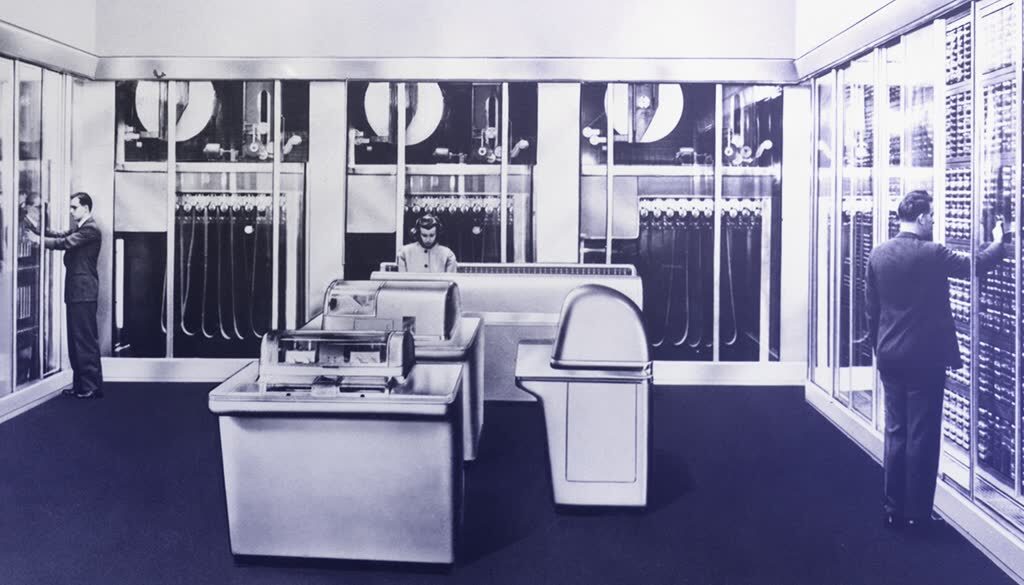Modernizing legacy banking systems: strategies to survive and then succeed

Technology Spillover
What happened on Murano island 800 years ago to the glass industry happens to all industries – “Technology Spillover.”
Now every company is a technology company, and every business is a digital business, and banks are no exception to this rule. As a result, customers started to expect banks to provide the same breakthrough features and services they are already enjoying from companies on the leading edge of technology.
Princess on-premises
Banks are being overprotective and keeping their “Core” princess at a safe(?) place for a long time, that is the “Core”, which is now suffering from Vitamin “T” deficiency. As a result, she struggles to support the market’s spiking expectations. Finding “Coresitters” to keep the lights on is not easy. Maintenance and operations of this legacy system are becoming expensive and complicated. So It’s time for the “Cloud” prince to rescue the “Core” princess from the “on-premises.”
Modernization Magic Wand
The typical modernization process involves migrating legacy platforms to solutions built on the cloud and other modern technologies. But unfortunately, this comprehensive core banking modernization might not consistently deliver the organization’s expected business value and ROI. So then, is there the best technique that works for every bank?
We wish there were a modernization magic wand we could use to apply the “Reparo” charm to fix all the bank’s legacy systems right away.
Strategies to Survive and then Succeed Core Modernization
There is no single method to succeed or even survive the core modernization because, like people, every business system is unique. So, in determining a core modernization strategy, the essential factor is fit-for-purpose alignment to the current business strategy.
We recommend these three core modernization strategies from our experience in helping financial institutions on their successful modernization journey. Depending on the nature of the legacy system, these strategies can be leveraged separately or combined.
- Generalization
- Verticalization
- Migration
Generalization
Generalization focuses on simplifying core systems by extracting functionalities out of the core, generalizing the function across banking operations, and eliminating redundant processes. These new generalized APIs will become an enabler for the bank, and they might also have different facets, internal-facing, and external-facing. API gateways will guard external-facing APIs.
Verticalization
Verticalization focuses on modernizing functional components or a product rather than technical elements or pieces of functionality. It includes the complete lifecycle of the product. The primary goal of this strategy is to build new capabilities that enhance existing customer experiences and attract new customers.
Migration
Migration focuses on the future state of the core systems, making it easy for new products to launch and enhance the existing line of business. It’s an iterative process of developing products and migrating relevant data from the legacy system to build the complete core platform to live happily ever after. After successful migration, the existing legacy core platform can be retired.
What Relevantz Can Do for You
Relevantz can be the partner you need to help you along your application modernization and digital transformation journeys. With our business-first, outside-in modernization approach, Relevantz can help your application modernization initiatives, including the rehosting, replatforming, refactoring, rearchitecting, rebuilding, and replacing of your current enterprise systems. We can also separate the applications from legacy infrastructure, modularize intermingled business processes, liberate data from legacy systems, and innovate new digital systems.
And because our approach is iterative, your enterprise will be able to enjoy all the benefits of new information technologies, such as having the agility to adapt quickly to the demands of the marketplace, while keeping your legacy systems humming behind the scenes.
Do you want to bring modernization benefits to your legacy banking systems?
